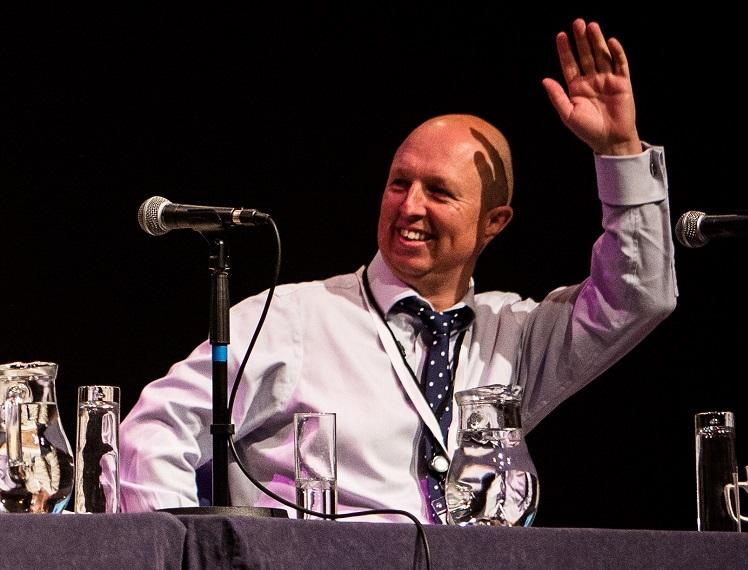Who deserves a £2,000 pound apprenticeship?

Who has lost out in the new Apprenticeship funding system?
I was recently reminded that this time last year I wrote an article about the launch of the Apprenticeship funding bands / caps system – entitled ‘who deserves a £1,000 apprenticeship’.
At the time I was exploring the design of a system which sought to price apprenticeships according to their market value – rather than the previous system of costing by individual need (using an apprentice’s age, background, location, etc to construct their funding value).
Now that this system is in place, I thought it might be time to have a look at how it is working out.
Undoubtedly the introduction of caps and bands has brought a much greater level of transparency to this sector and the mysterious fog that was apprenticeship funding has been cleared.
We can all now see how much employers and the state are paying for an apprenticeship – but can we see their value?
Never can say goodbye,,,
In order to understand what is happening here we need to look what is being studied and by whom.
1) What apprenticeships?
The original plan was for the old style frameworks to be replaced by new standards by 2017, with a reduction in Framework funding values being used to ‘encourage’ the transition; this end date has now been extended to 2020. And recent changes* might lead us to believe they will never quite all disappear. For why would you increase the price of something you no longer value? The absence of any clear explanation means we can only assume that reality is biting.
Of course no one can deliver a high quality 372 day, 20% O.T.J Apprenticeship for £2,000 but you do have more chance at £2k than you do at £1,500.
2) Who does this affect?
A trawl through the adverts on Find an Apprenticeship Gov UK now shows a clear split between:
- Low paid jobs supported by old Frameworks and
- Higher paid jobs supported by New Standards
So a double whammy for the son or daughter / father or mother that applies for a low paid entry level apprenticeship. Not only will they be paid less, but a lot less will be spent on their training – even though they might well be the ones who need most support.
This is the price of a market based system and it is transparent for all – ie you don’t have to apply for a low paid job – but it doesn’t seem particularly fair or progressive.
Is this the new status quo?
‘Poorer people get a raw deal’ is hardly an original headline.
But at a time when social mobility, like productivity, remain the stubborn challenges of our economy we should at least be aware of what this new flagship system is perpetuating.
Perhaps a dramatic fall in total apprenticeship volumes will prompt a re-think and also afford a budget rebalance.
Or maybe the continued failure of providers in the ‘low cap market’ will mean that this market closes itself.
Either way it would be a shame if the genuinely exciting and transformational opportunities inherent in the new apprenticeship system are sullied by a long tail of low-paid, low-funded apprenticeships for poorer people.
Richard Marsh, Apprenticeships Partnership Director, Kaplan UK
*26 July ’17 the ESFA increased the rates of c30 old Frameworks – citing the need to “ensure providers can deliver quality training”











Responses